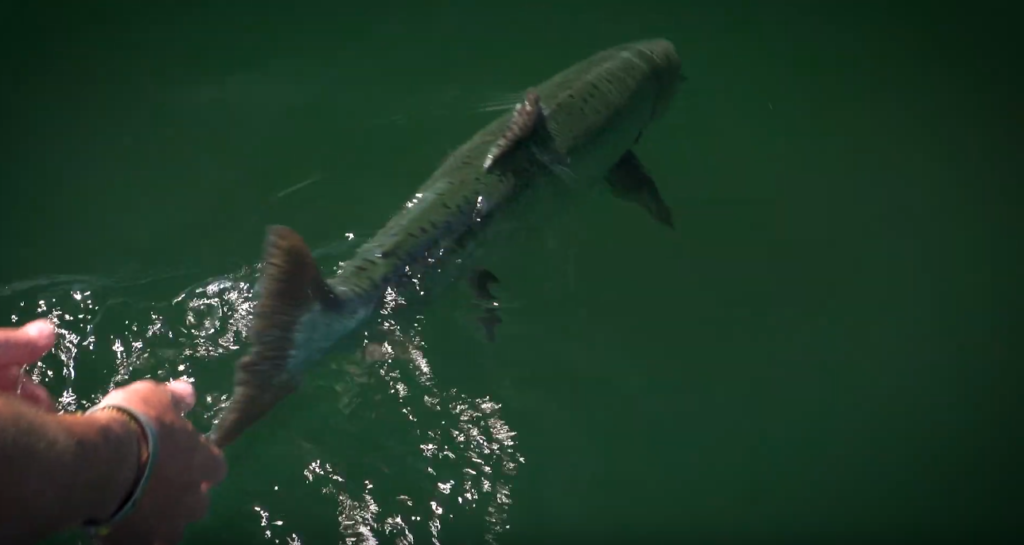The desire to catch a fish, bring it home, and feed our friends and family is as old as humanity itself. That said, there’s no question that catch and release fishing is crucial to the long-term health of our fishery. Check out Field Team Member Brendan Morrison from Reel West Coast and Andy White from Mercury Marine in the short video below where they discuss discuss effective catch and release techniques for salmon. In addition to the great suggestions in the video, here are a few other tips to help ensure the survival of a released fish.
Wet Your Hands — Wetting your hands and boat deck before touching a fish will help it keep it’s protective coating of slime and minimize damage to scales
Use Knotless Nets — Similar to wetting hands, a vinyl coated knotless net like this one from Gibbs will protect the fish’s scales and slime, minimizing the risk of infection or parasite attacks after release
Keep ’em Wet — Minimize air exposure by keeping the fish in the water wherever possible. Want a photo? Experiment with shots down the side of the boat or over the shoulder release shots.
Go Barbless — While this is the legal requirement in British Columbia waters, consider crimping barbs wherever you fish
Avoid the Gills — I don’t think I’ve ever seen a human being lifted by the throat unless someone was trying to inflict pain… So why do we do it to fish? Putting your hands into the gills of a fish risks seriously damaging a fish’s “lungs” and if the stomach is not supported, it can also damage the spine. If you’re going to lift a fish, grab it by the tail with one hand while supporting the belly with a firm grip just behind the pelvic fins with the other.
Be Careful — Try not to slam the fish onto the deck if you’re lifting it into the boat and be sure you have a firm grip before lifting a fish high off the floor. Dropping a fish can give it a concussion just like humans.
Get it In — Avoid overplaying a fish to the point of exhaustion. Try to get it to the boat as fast as possible so that it can recover quickly and avoid predators on release.
Following these tips and those in the video will help maximize the survival rate of the fish we catch and release which in turn will protect our resource for generations to come. Check out the video below and be sure to give Reel West Coast a follow here.


